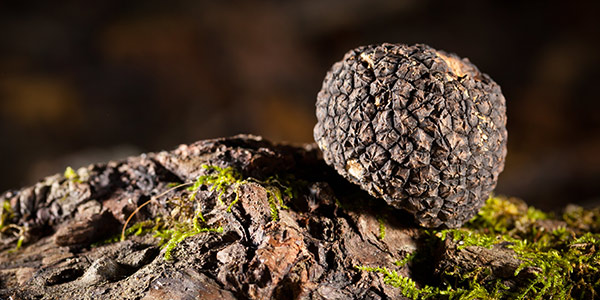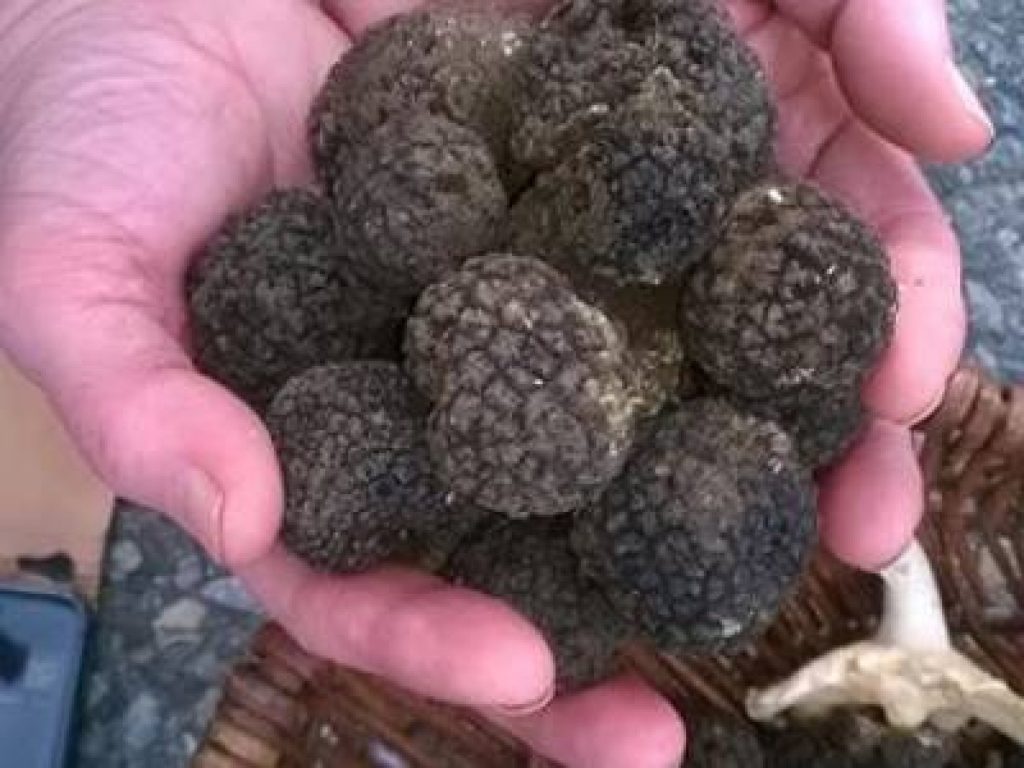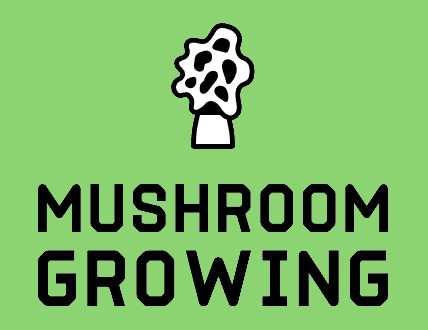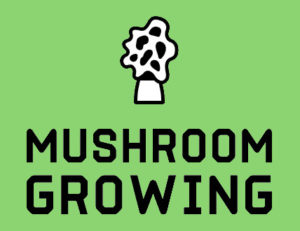What is a Truffle?
A truffle is an edible fungus, like mushrooms, and shares the same shape. It grows in a symbiotic relationship with the roots of certain trees like oak or hazelnut roots. The fungi itself is actually an underground infestation of one of many varieties of soil-dwelling fungi.
They are mainly found growing naturally under the forests of Europe and North America.
There are several thousand varieties of truffles, all of which can generally be distinguished by their aroma., the most common are black Périgord truffles found in Europe and white Alba truffles found in Italy.

Truffles have a very distinct aroma and taste, due to their high concentration of volatile compounds such as carbon-14 and nitrogen. These compounds are mainly found in the fruiting body of truffle, which is why they are sometimes used as a replacement for mushrooms.
Truffles can be found at their peak during the autumn months when temperatures begin to drop. Once you have located an area where truffles grow wild, you can plant your substrate and inoculate the trees during the spring months.
Health Benefits of Truffles
Truffles are also especially rich in certain vitamins and minerals, including iron, copper, thiamine, riboflavin, niacin, zinc, calcium, potassium, manganese,(about 10 times the amount found in potatoes), and high amounts of vitamin B6.
Truffles are also rich in antioxidants, especially ergothioneine which has emerged as an important health-promoting compound
Truffles have been intensively studied for their medicinal value, and some of the most prominent health advantages include:
- Antibiotic properties
- Protection from cardiovascular disease
- Promotion of good digestive function.
- Anti-inflammatory properties
- Prevent certain types of cancer including prostate, breast, bladder and testicular cancers. The main compound responsible for the anti-tumour activity is the ergosterol present in truffles.
- Truffles are also known to help in the treatment of tuberculosis, respiratory problems, hypertension and haemorrhoids.
Step By Step Guide on How to Grow Truffles at Home
Step 1:
A good hazelnut or oak tree is necessary for the growth of truffles. If you don't have one nearby, I would recommend planting your own from a small branch and piece of shell that was originally derived from an Oak species.
Popular truffle-host trees include:
- English/White/French Oak Trees
- Beech Trees
- Fir Trees
- Poplar
- Hazelnut
Step 2:-
Identify a good truffle spores source. There are several online places to acquire fresh truffle spores or cultures of the specific kind of mycelium that creates truffles.
You'll need a sterile substrate to grow your truffles once you've gathered spores or cultures. You can buy composted manure online, the preferred and easiest option for most. However, you can make your own compost at home, the most recommended is horse manure and add rice bran to increase the quality of your substrate.
Step 3:-
Mix your substrate with vermiculite, or perlite and add a generous amount of truffle spores or mycelium culture.
Step 4:-
Lastly, bury the inoculated mixture in oak trees that have been identified as potential hosts for growing truffles. Place your inoculated substrate under the topsoil in the root zone of your chosen trees.
It can take up to five years before you start finding truffles on your plants.
Step 5:-
Harvesting truffles is simple; all you have to do is pull them out from the ground. Avoid hurting them with your fingers or hands since they bruise easily.

Tips for growing truffles at home
The best time to plant your substrate is in the spring, once the ground temperature begins to rise above 55 degrees Fahrenheit.
Lack of enough water or oxygen can cause the spores not to take root or contribute to slow growth.
The most important factor for success is choosing the right host trees, and a little luck.
How to store your truffles
After harvesting your truffles, make sure you place them in some kind of airtight container. Place some paper towels on top to absorb the moisture and put them in a fridge for up to 3-4 days.
Truffles have a short shelf life so use a vacuum seal if you plan on storing your truffles for more than 2 weeks.
You can also wrap each one in a paper towel and freeze them to last a little bit longer.
How to Eat Truffles
Remember to remove the outer layer of your truffles before consumption or usage.
Truffles are most frequently used in cuisine that requires very little cooking. They may be shaved into salads or grilled and served with a light sprinkling of Parmesan cheese, salt, and pepper to taste.
Truffle oil is used in a variety of meals, including pasta sauces. It may be used in risotto, soups, and other savory dishes.
You can also use truffles in a number of other dishes, including pasta sauces, risotto, omelets, to name but a few.
You could also try truffle fries.
If you are allergic to truffles, avoid them since they might induce severe responses that mimic poison ivy or deadly anaphylactic shock.
Conclusion
Growing truffles at home can be risky since it takes roughly 5 years to get any substantial harvest of truffles. However, the investment will pay off in the long term if you are passionate about cooking or just do it for fun.
Hopefully, this guide on how to grow truffles at home has proved useful.
If you have any questions or comments, feel free to leave them below.

